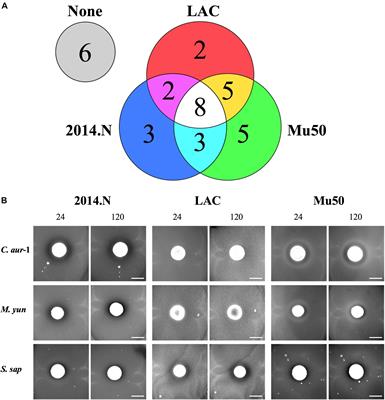EDITORIAL
Published on 26 Aug 2020
Editorial: Interspecies Interactions: Effects on Virulence and Antimicrobial Susceptibility of Bacterial and Fungal Pathogens
doi 10.3389/fmicb.2020.01922
- 1,849 views
- 6 citations
19k
Total downloads
108k
Total views and downloads
Select the journal/section where you want your idea to be submitted:
EDITORIAL
Published on 26 Aug 2020
ORIGINAL RESEARCH
Published on 16 Jun 2020

ORIGINAL RESEARCH
Published on 30 Apr 2020

ORIGINAL RESEARCH
Published on 26 Feb 2020

ORIGINAL RESEARCH
Published on 17 Jan 2020

ORIGINAL RESEARCH
Published on 15 Jan 2020

ORIGINAL RESEARCH
Published on 15 Jan 2020

ORIGINAL RESEARCH
Published on 05 Dec 2019

ORIGINAL RESEARCH
Published on 22 Nov 2019

REVIEW
Published on 15 Nov 2019

ORIGINAL RESEARCH
Published on 11 Oct 2019

ORIGINAL RESEARCH
Published on 09 Jul 2019

